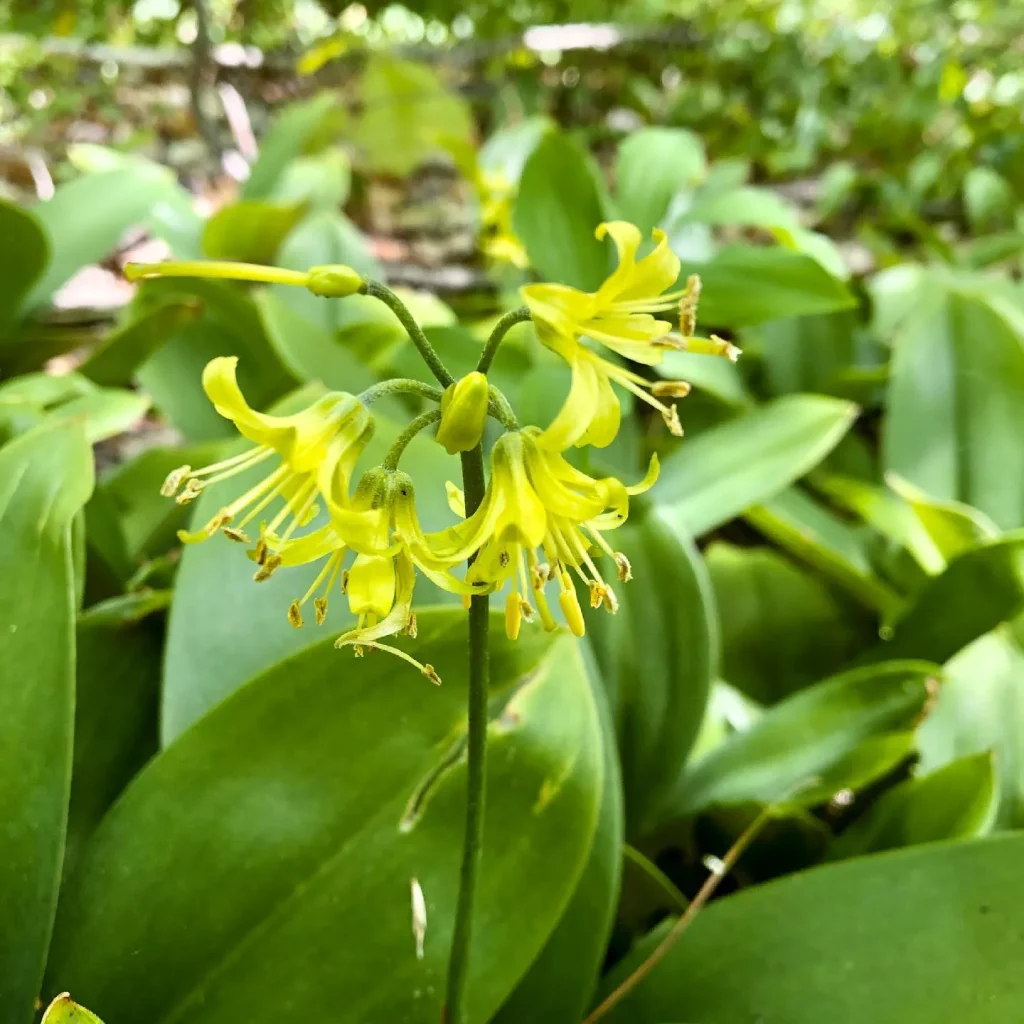How big does Magnolia Susan grow?
Magnolia Susan typically grows to a height of about 10-15 feet and spreads to about 8-12 feet wide. It’s a small, deciduous tree or large shrub with a compact, upright habit.
How fast does Magnolia Susan grow?
Magnolia Susan has a moderate growth rate, typically adding about 12-24 inches of new growth per year under optimal conditions.
371 Species in Genus Magnolia
How to plant Magnolia Susan?
Here’s a guide on how to plant your Magnolia Susan:
Planting Time:
- The ideal time to plant Magnolia Susan depends on your climate:
- Warmer climates (zones 7-9): Plant in late fall or early winter when the plant is dormant. This allows the roots to establish before spring growth begins.
- Colder climates (zones 4-6): Early spring planting is recommended when the soil is workable but before new growth emerges on the Magnolia Susan.
Choosing a Location:
- Light: Magnolia Susan prefers full sun to part shade. Aim for at least 6 hours of direct sunlight daily. However, some afternoon shade can be beneficial in very hot climates.
- Soil: Well-drained, acidic soil is crucial. Here’s what to consider:
- Ideal: Moist, but well-drained, fertile soil with a pH between 5.0 and 6.5.
- If your soil is heavy clay: Amend it with compost, organic matter, or coarse sand to improve drainage.
- If your soil is very alkaline (high pH): You can try adding amendments like peat moss or coffee grounds to lower the pH, but a soil test is recommended to determine the best course of action.
Planting Process:
- Dig a hole: Dig a hole 2-3 times wider and deeper than the root ball of your Magnolia Susan. This allows for ample space for root growth.
- Loosen the soil: Loosen the soil around the edges of the hole to encourage root expansion.
- Prepare your Magnolia Susan (if container-grown): Gently loosen the root ball by hand to encourage outward root growth.
- Positioning: Place the Magnolia Susan in the hole, ensuring the root crown (the area where the stems meet the roots) sits slightly above the soil level.
- Backfilling the hole: Fill the hole back in with the dug-up soil, mixing in some compost or organic matter for added nutrients. Gently tamp down the soil to remove air pockets and secure the plant.
- Watering: Water thoroughly after planting to settle the soil around the roots.
Additional Tips:
- Mulching: Apply a 2-3 inch layer of mulch around the base of the plant to retain moisture, regulate soil temperature, suppress weeds, and protect the roots from extreme temperatures. Use wood chips, shredded bark, or pine needles as mulch. Keep the mulch a few inches away from the base of the trunk to prevent rot.
- Watering: Water regularly, especially during the first growing season and during hot, dry spells. The soil should be moist but not soggy. Here’s a simple way to check moisture: Stick your finger into the top inch of soil. If it feels dry to the touch, it’s time to water.
- Fertilizing: You may not need to fertilize frequently, especially if your soil is rich. However, a balanced fertilizer formulated for flowering trees and shrubs applied in early spring can be beneficial. Follow the package instructions for dosage and application. Avoid overfertilizing as it can damage the roots.
- Pruning: Routine pruning is not necessary for Magnolia Susan. However, you can remove dead, diseased, or damaged branches in late winter or early spring. Light pruning to maintain size and shape can also be done at this time. Use sharp, sterilized pruning shears when pruning.
How to prune Magnolia Susan?
Pruning Magnolia Susan is best done immediately after flowering to avoid removing next year’s flower buds. I use clean, sharp pruning shears to remove any dead or damaged branches and to shape the plant. Light pruning to maintain its form and remove any crossing branches is usually sufficient.
Is Magnolia Susan a tree or bush?
Magnolia Susan can be classified as both a small tree and a large shrub, depending on how it is pruned and maintained. It generally has a multi-stemmed form but can be trained to grow as a small tree with a single trunk.
Is Magnolia Susan evergreen?
No, Magnolia Susan is not evergreen. It is a deciduous plant, meaning it sheds its leaves in the fall and remains bare through the winter.
Where to plant Magnolia Susan?
Magnolia Susan should be planted in a location with well-draining soil and full sun to partial shade. It thrives in a sheltered spot, protected from strong winds, which can damage its delicate blooms. It’s also a good idea to plant it in a spot where it has room to grow to its full size without crowding other plants.
Can Magnolia Susan grow in pots?
Yes, Magnolia Susan can be grown in pots, especially when young. I choose a large container with good drainage and use a high-quality potting mix. Regular watering and fertilizing are necessary to keep the plant healthy, and it may require repotting every few years as it grows.
When does Magnolia Susan bloom?
Magnolia Susan typically blooms in mid to late spring, producing striking, tulip-shaped flowers that are deep purple on the outside and lighter inside. The blooms appear before the leaves, creating a stunning display.
Where to buy Magnolia Susan?
Magnolia Susan can be purchased from local nurseries, garden centers, and online plant retailers. It is also available at botanical gardens’ plant sales or specialized magnolia growers. When buying, I look for healthy plants with a good root system to ensure successful planting and growth.
If i die, water my plants!



